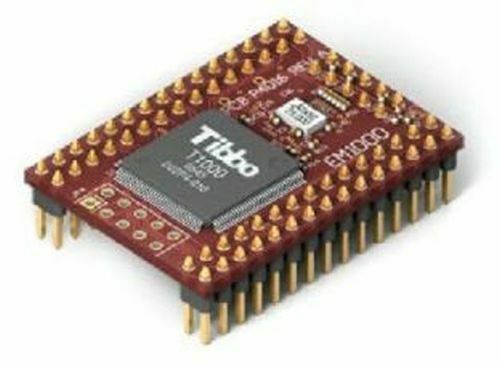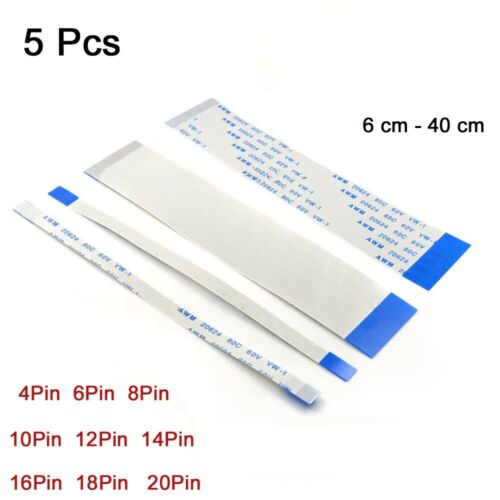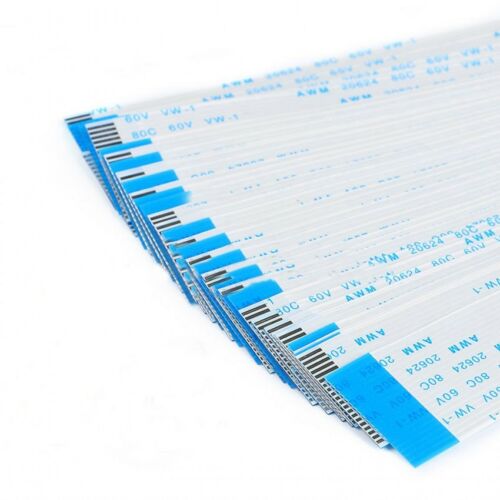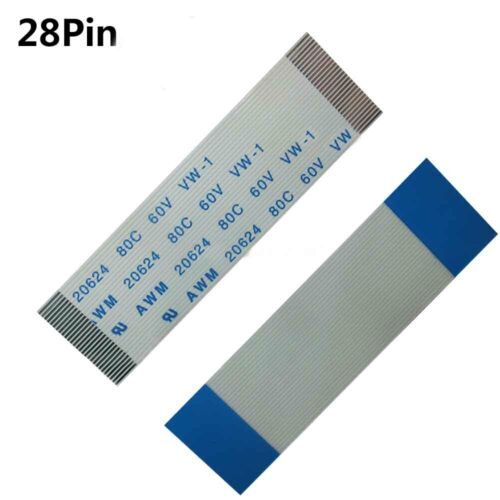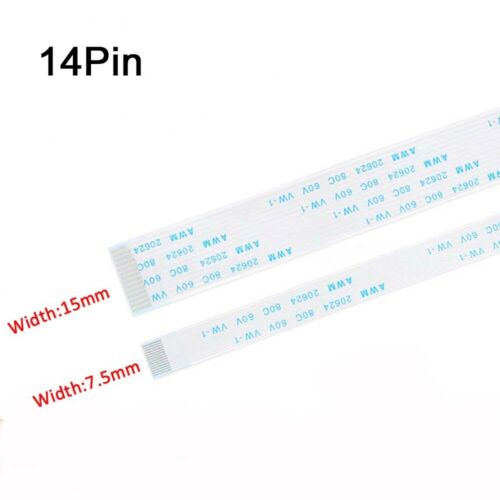-40%
BASIC/C Programmable 100Mbps Ethernet to Serial (UART) Module
$ 7.91
- Description
- Size Guide
Description
BASIC/C Programmable 100Mbps Ethernet to Serial (UART) ModuleEM1000
The EM1000 is a programmable Ethernet Module for on-board installation which can be tested with the
EM1000-EV Evaluation Board
.
Programmable Ethernet Module Features
High-performance (88 MHz) RISC processor.
One 100BaseT Ethernet port with Auto-MDX (detection of straight-through or crossover cable). Standard Ethernet magnetics are
not
integrated into the Module.
Support for UDP
(1)
, TCP
(1)
, ICMP (ping)
(1)
, DHCP
(1)
, and HTTP
(1)
protocols; up to 16 simultaneous UDP or TCP(HTTP) connections
(1)
. Additional protocols, such as SMTP, can be implemented in your BASIC application.
Four high-speed serial ports (CMOS-level) that can work in UART, Wiegand
(1)
, and clock/data
(1)
modes.
UART baudrates can be up to 1382400 bps; none/even/odd/mark/space parity and 7/8 bits/character UART modes available; full-duplex UART mode with optional flow control
(1)
and half-duplex UART mode with automatic direction control
(1)
supported. TX
(2)
, RX
(2)
, RTS
(1)
, CTS
(1)
, DTR
(1)
, DSR
(1)
and DCD
(1)
lines provided.
49 general-purpose I/O lines:
40 lines combined into five 8-bit ports
8 interrupt lines that can be triggered on line stage change.
1 programmable square wave generator (6 Hz to 221184 MHz) that can be used to control a buzzer.
1024KBytes of Flash memory. 64KB are used to store device firmware (TiOS). The rest is available to store BASIC application and data.
2KBytes of EEPROM memory.
Real-time-counter (RTC) with its own backup power input.
Software- and hardware-controlled on-board PLL (Phase-Locked loop) to control the clock frequency of the device: 11.0592MHz with PLL off, 88.4736MHz with PLL on.
Reliable power-on/brown-out reset circuit; no additional external reset circuitry required. Master reset input also provided.
1. This feature is actually implemented in firmware.
2. In UART mode, TX and RX lines are controlled by dedicated UART hardware. In Wiegand and clock/data modes, these pins are under the control of TiOS firmware.
The EM1000 is a universal module that can serve as a central building block of control equipment, data terminals, safety and security systems, etc. Its firmware, called TiOS (Tibbo Operating System), features a BASIC virtual machine that executes your application written in Tibbo BASIC.
The EM1000 has no pre-defined functionality whatsoever; programmability in
Tibbo BASIC and/or
Tibbo C
means that you can create your own unique EM1000 application. The module is powerful enough to be the "heart" of your system — not just a networking peripheral.
View the
TIDE, TiOS, Tibbo BASIC and Tibbo C Online Manual
.
View a
Tibbo BASIC Introduction Video
.
In 2007, Tibbo introduced a BASIC application that turns EM1000 into a 4-port serial device server. As such, the EM1000 is fully compatible with "fixed-firmware" device servers manufactured by Tibbo, such as the
EM100
. All information provided in the Device Server Application Firmware manual applies equally to the EM1000 running this "device server" BASIC application. Naturally, this application is compatible with the Device Server Toolkit (DST), Virtual Serial Port Driver for Linux (VSPDL), and the LinkServer.
The TiOS firmware of the EM1000 can be upgraded through the module's serial port 0 or Ethernet port. Serial upgrades are facilitated by a Monitor — a fixed "service" firmware inside the EM1000. The Monitor cannot be upgraded. Network upgrades rely on the application firmware itself; there is a self-upgrade algorithm.
